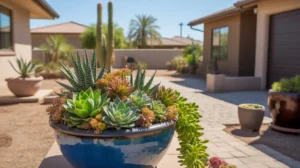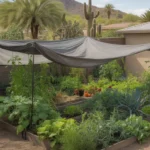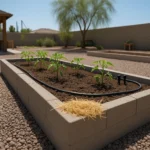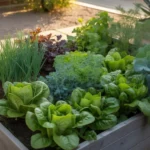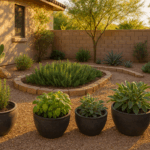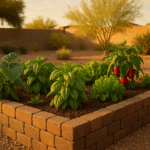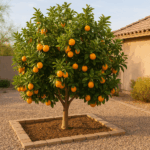Tending to a succulent garden in the scorching heat of a Queen Creek August may seem daunting, but with the right know-how, your hardy desert plants can stay lush and vibrant all summer long. Succulents are well-adapted to our intense Arizona climate, but they still need a bit of extra TLC to power through the peak of summer. From smart watering techniques to timely fertilizing and propagation, we’ll walk through exactly how to keep your succulent babies happy and healthy as the mercury rises.
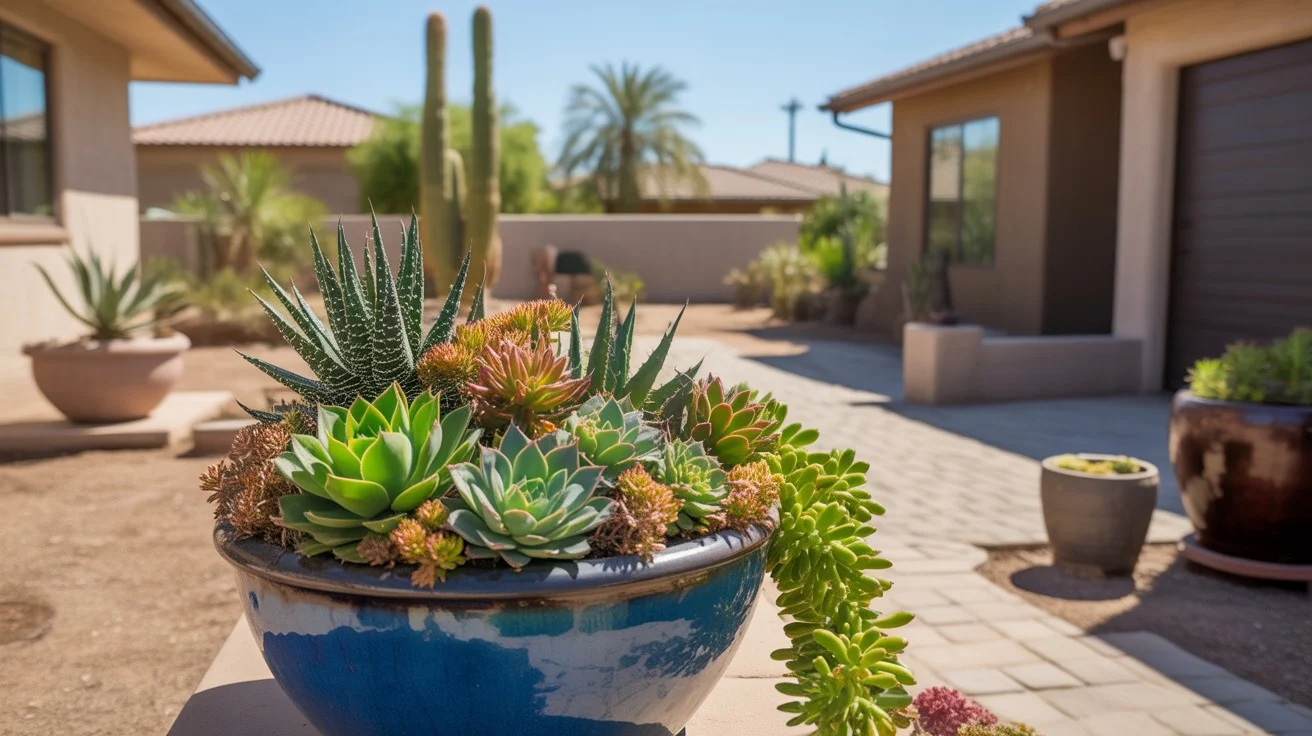
Water Wisely to Beat the Heat
While succulents are famous for their drought tolerance, they still need a steady supply of moisture to support their growth during the hottest months. In August, Queen Creek temperatures routinely soar over 100°F, which can rapidly dry out even the most water-retentive potting mix. To prevent your succulents from shriveling up, it’s crucial to water deeply and consistently.
Aim to thoroughly soak the soil whenever the top inch feels dry to the touch. For most succulents, this will mean watering every 7-10 days in August. Always use a watering can or gentle hose nozzle to direct water right at the soil surface, taking care not to wet the leaves, which can lead to unsightly sunburn or fungal issues. If you’re growing succulents in porous unglazed pots like terracotta, you may need to water a bit more frequently, as the clay will wick away moisture.
One pro tip to maximize your watering efficiency is to do it in the early morning hours, ideally between 6-8am. This gives the moisture a chance to really soak down to the roots before the intense midday heat kicks in and evaporates it away. Watering in the cool of morning also helps prevent any lingering dampness overnight, which can attract pests like gnats or mealybugs.
Fertilize for a Late Summer Growth Spurt
August is an ideal time to give your succulents a little nutrient boost to fuel healthy new growth heading into fall. While these desert champs don’t need heavy feeding, a light application of a balanced, slow-release fertilizer can work wonders.
Look for a granular succulent/cactus fertilizer blend with an NPK ratio around 8-8-8 or 10-10-10. Gently work it into the top inch of soil, following the package instructions for the proper amount based on your pot sizes. Avoid the temptation to overfeed, as this can burn the roots and cause leggy, weak growth. One application in early August is plenty to support your succulents through the end of the growing season.
If you’re an organic gardening enthusiast, you can also use a light dilution of liquid kelp or fish emulsion instead of the granular stuff. Just be sure to apply it to moist soil to avoid any root burn, and aim for an NPK no higher than 2-2-2 to keep things gentle.
Elevate Your Patio with Colorful Succulent Combos
While succulents are relatively low-maintenance, especially compared to thirsty annuals or perennials, they still add a vibrant splash of color and texture to any patio, porch or poolside retreat. August is a prime time to get creative with striking succulent combos that can handle the intense rays.
For a high-impact arrangement, try pairing bold architectural specimens like spiked agave or paddle plant with softer rosette-formers like echeveria or graptosedum. Trailing varieties like burro’s tail or string of bananas can add a whimsical element as they spill over the sides of a pretty glazed pot.
When arranging your combos, be sure to give each plant enough space to grow, grouping varieties with similar sun/shade and watering needs. A good rule of thumb is to allow about a thumb’s width between each plant. Combining too many varieties in a cramped space can lead to competition for water and nutrients, not to mention a cluttered look.
Take Cuttings for Easy Propagation
One of the most rewarding aspects of succulent gardening is how easy it is to make new plants for free. August’s warm, dry conditions are ideal for taking cuttings of many popular varieties like jade, aeonium, and kalanchoe.
Using clean, sharp snips, cut a 2-3″ section from a healthy stem tip, removing any lower leaves. Set the cutting aside in a shady spot to callus over for a few days – this helps prevent rot once you plant it. Once the raw end has dried, simply nestle the cutting into a 3″ pot filled with pre-moistened cactus/succulent mix, burying about half the stem. Place it in bright but indirect light, and let the soil dry between light waterings.
In about 2-3 weeks, you should see signs of new growth, indicating your cutting has rooted. You can then begin treating it like a mature plant, gradually acclimating it to more sun. By next spring, it should be ready to join your patio combo pots!
Watch for Signs of Stress
Even with proper watering and feeding, the brutal August heat can still take a toll on succulents, especially newly-planted ones that haven’t fully rooted in yet. It’s important to keep a close eye out for any signs of stress so you can quickly course-correct.
Classic indicators that your succulent is struggling include yellowing or dropping of lower leaves, a “mushy” texture to the stem, or brown crispy patches on the leaves. In most cases, these symptoms point to inconsistent watering – either too much or too little.
If you see yellowing/dropping leaves or mushiness, ease up on the water and let the soil dry more fully between soakings. If the leaves are crispy or the plant looks shriveled, it’s likely underwatered and needs more frequent drinks. When in doubt, always err on the side of too little water – succulents can typically rebound from mild drought stress, but it’s very difficult to save them once they’ve rotted from overwatering.
With a little know-how and proactive TLC, it’s entirely possible to maintain a stunning succulent garden right through the peak of a Queen Creek summer. By watering mindfully, feeding judiciously, and watching for any distress signals, you’ll be rewarded with a low-maintenance landscape that shrugs off the triple-digit temps in style. And if the heat has you feeling a bit wilted, just snip a few cuttings and retreat to the A/C – your succulent babies will be waiting for you when you’re ready to brave the patio again.

